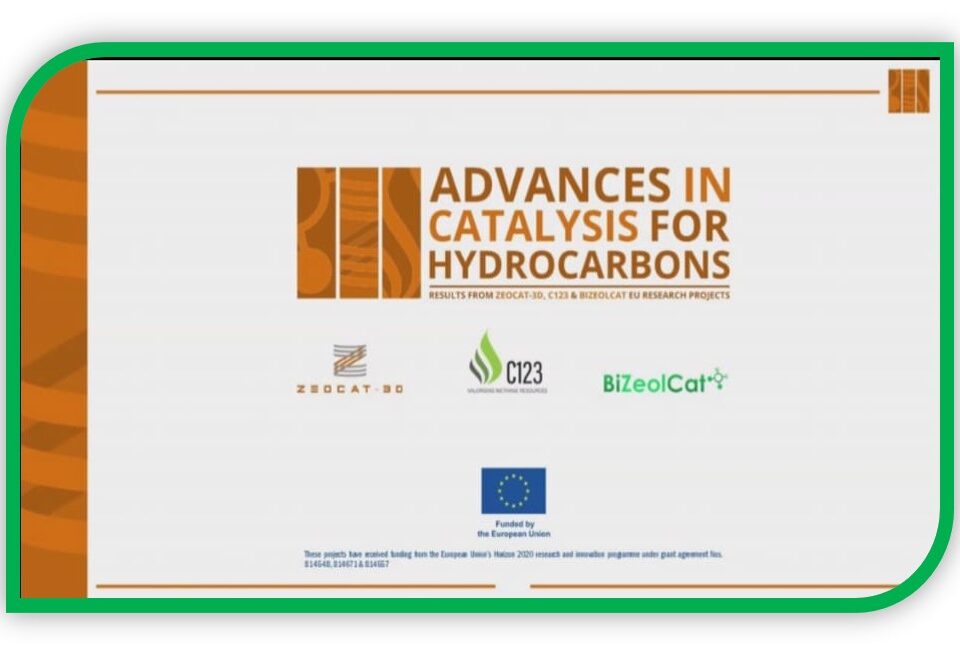C1-C4 VALORIZATION IN MEMBRANE REACTORS
Light olefins (propylene and butadiene) and aromatics (benzene, toluene and xylene, known as BTX) are considered as main building blocks in the petrochemical industry, is the feedstock for the production of polymers, commodities and speciality chemicals for daily use.
They were traditionally produced as a by-product in fluid catalytic cracking and steam cracking, but the low selectivity towards the desired olefins and aromatics, in contrast with their continuous growing demand, together with the rising in oil price, is driving the petrochemical industry to find alternative and more attractive solutions for their production. In this contest, C1 to C4 light hydrocarbons emerge as promising raw materials for the production of the corresponding olefins and BTX, through alternative on-purpose technologies, which are the direct dehydrogenation of propane and butane, and the direct aromatization of propane. The BIZEOLCAT project is focused on the improvement of these processes, involving innovative catalysts synthesis methodologies and novel reactor design.
In fact, as a common feature of direct dehydrogenation and aromatization processes, reactions are highly endothermic, requiring high operating temperatures (550-600 °C) and low pressures (0.5-2 bar) to reach a quite high conversion; at these severe conditions, cracking side reactions are favoured, leading to coke formation and consequent catalyst deactivation, making the design of the reactor very challenging.
Existing industrial processes are indeed characterized by very low performance. An optimization possibility to improve those processes is represented by the membrane reactor technology, allowing the combination of reaction and separation in a single unit. In this way, it is possible to perform the dehydrogenation reaction, continuously removing hydrogen as a by-product to shift the thermodynamic equilibrium towards the desired products.





